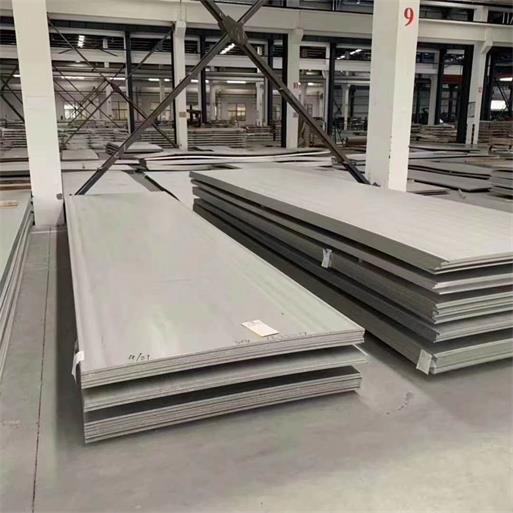 Shandong Aofeng Metal Material Co.,Ltd
Shandong Aofeng Metal Material Co.,Ltd

254SMO is a super austenitic stainless steel.
Due to its high molybdenum content, it has extremely high resistance to pitting corrosion and crevice corrosion. This grade of stainless steel was developed and developed for use in environments containing halide such as seawater. 254SMO also has good uniform corrosion resistance. Especially in acids containing halide, this steel is better than ordinary stainless steel
Contact:
Mr Jarven
Tel: +86-18563518078
Email: [email protected]
Wechat: +8618563518078 (Whatsapp)
Its C content is <0.03%, so it is called pure austenitic stainless steel (<0.01% is also called super austenitic stainless steel). Super stainless steel is a kind of special stainless steel. First of all, it is different from ordinary stainless steel in chemical composition. It refers to a high-alloy stainless steel with high nickel, high chromium and high molybdenum.
Among them is 254SMo with 6% Mo. This type of steel has very good local corrosion resistance. It has good pitting corrosion resistance (PI≥40) and under the conditions of sea water, aeration, crevices, and low-speed erosion. Good stress corrosion resistance, it is a substitute material for Ni-based alloy and titanium alloy.
Secondly, in terms of high temperature resistance or corrosion resistance, it has better high temperature resistance or corrosion resistance, which is irreplaceable for 304 stainless steel. In addition, from the classification of stainless steel, the metallographic structure of special stainless steel is a stable austenitic metallographic structure.
Chemical composition
| Grade | C(%) | Mn(%) | P(%) | S(%) | Si(%) | Cr(%) | Ni(%) | Mo(%) | N(%) | Ce(%) |
| 254SMO | ≤0.02 | ≤1.0 | ≤0.040 | ≤0.030 | ≤0.8 | 19.5-20.5 | 17.5-18.5 | 6.0-6.5 | 0.18-0.2 | 0.03-0.08 |
Application areas:
1. Ocean: marine structures in the marine environment, seawater desalination, mariculture, seawater heat exchange, etc.
2. Environmental protection field: thermal power generation flue gas desulfurization device, wastewater treatment, etc.
3. Energy field: nuclear power generation, comprehensive utilization of coal, sea tide power generation, etc.
4. Petrochemical industry: oil refining, chemical and chemical equipment, etc.
5. Food field: salt making, soy sauce brewing, etc.
6. High concentration of chloride ion environment: paper industry, various bleaching devices